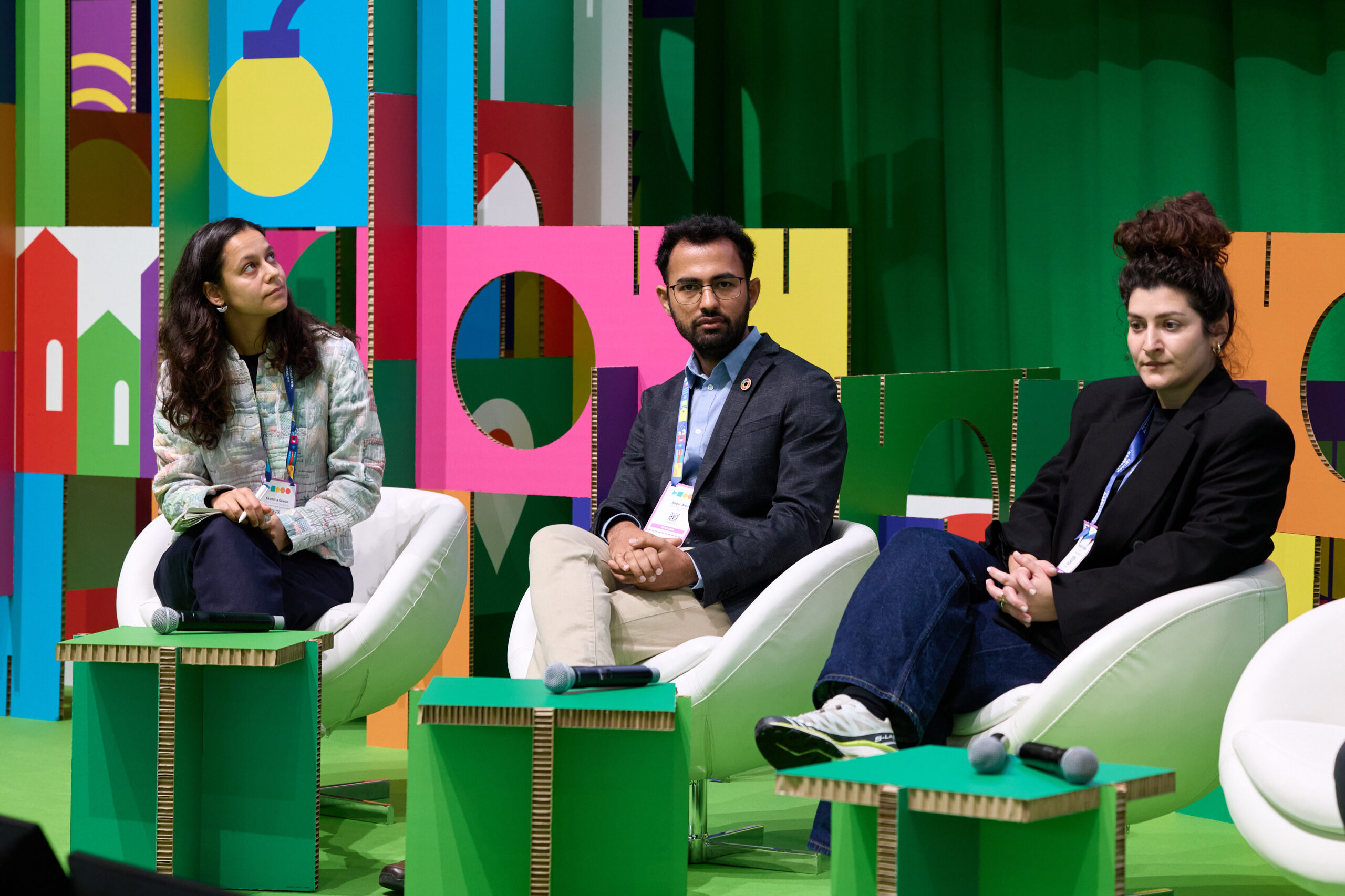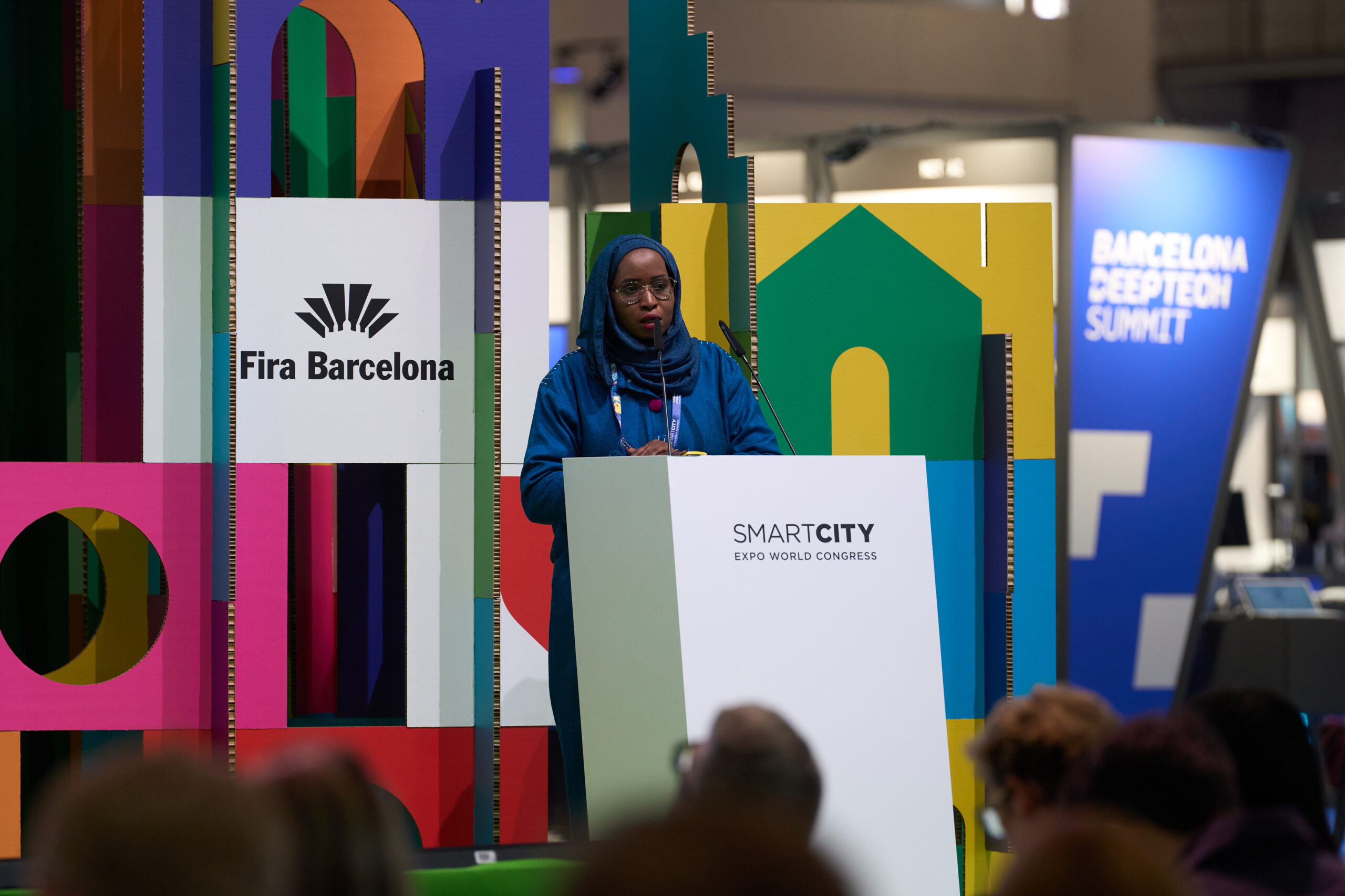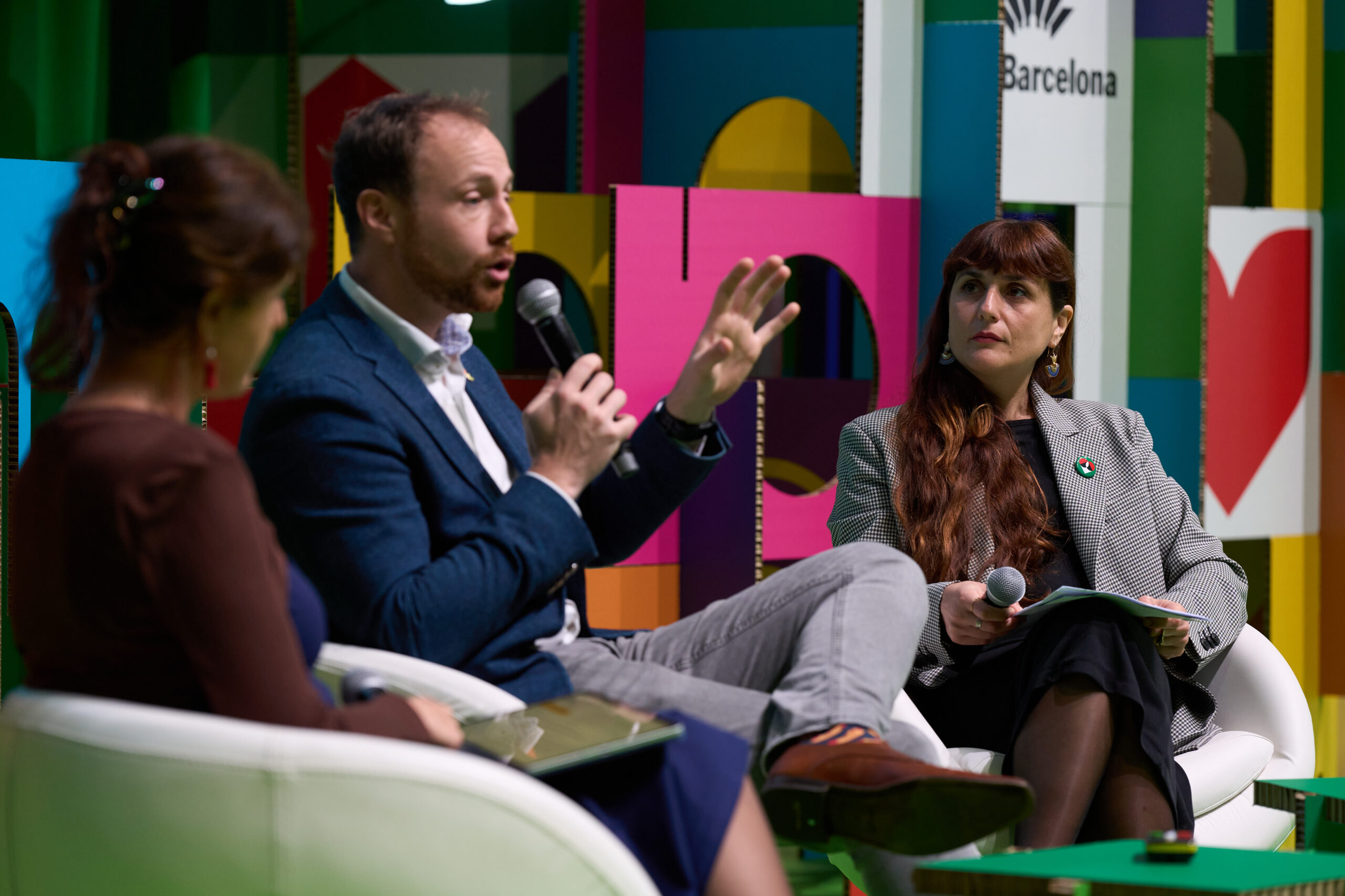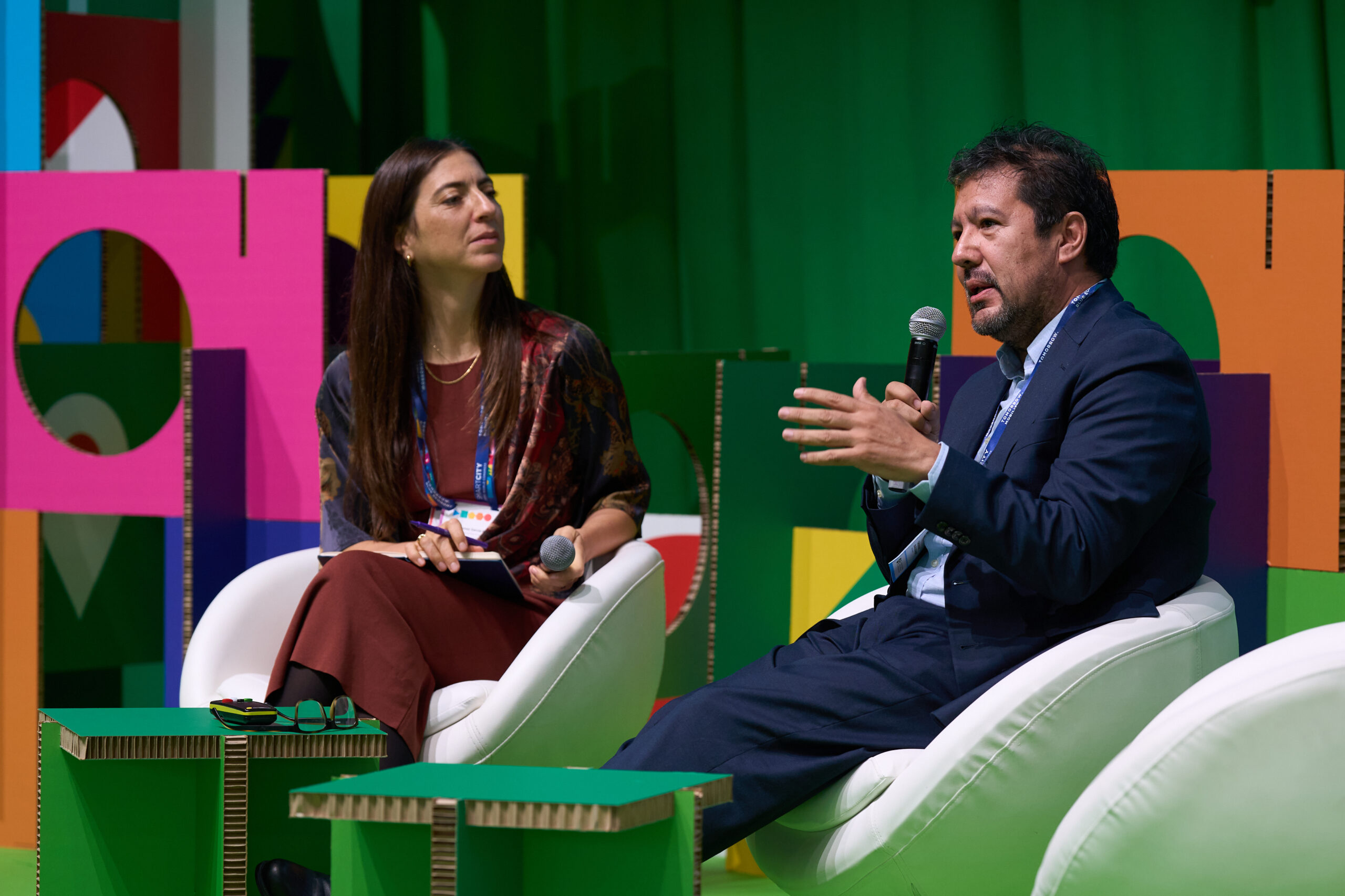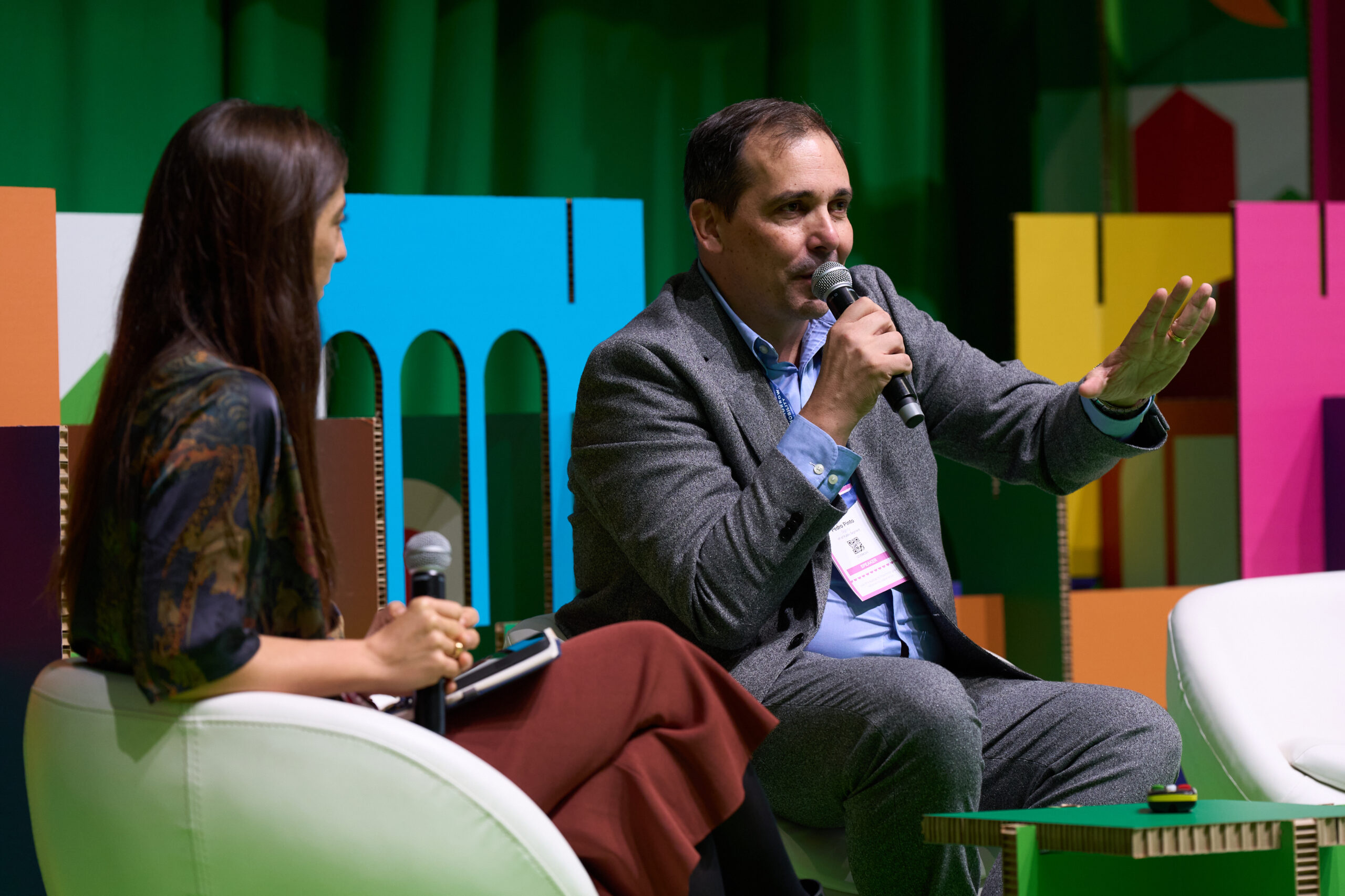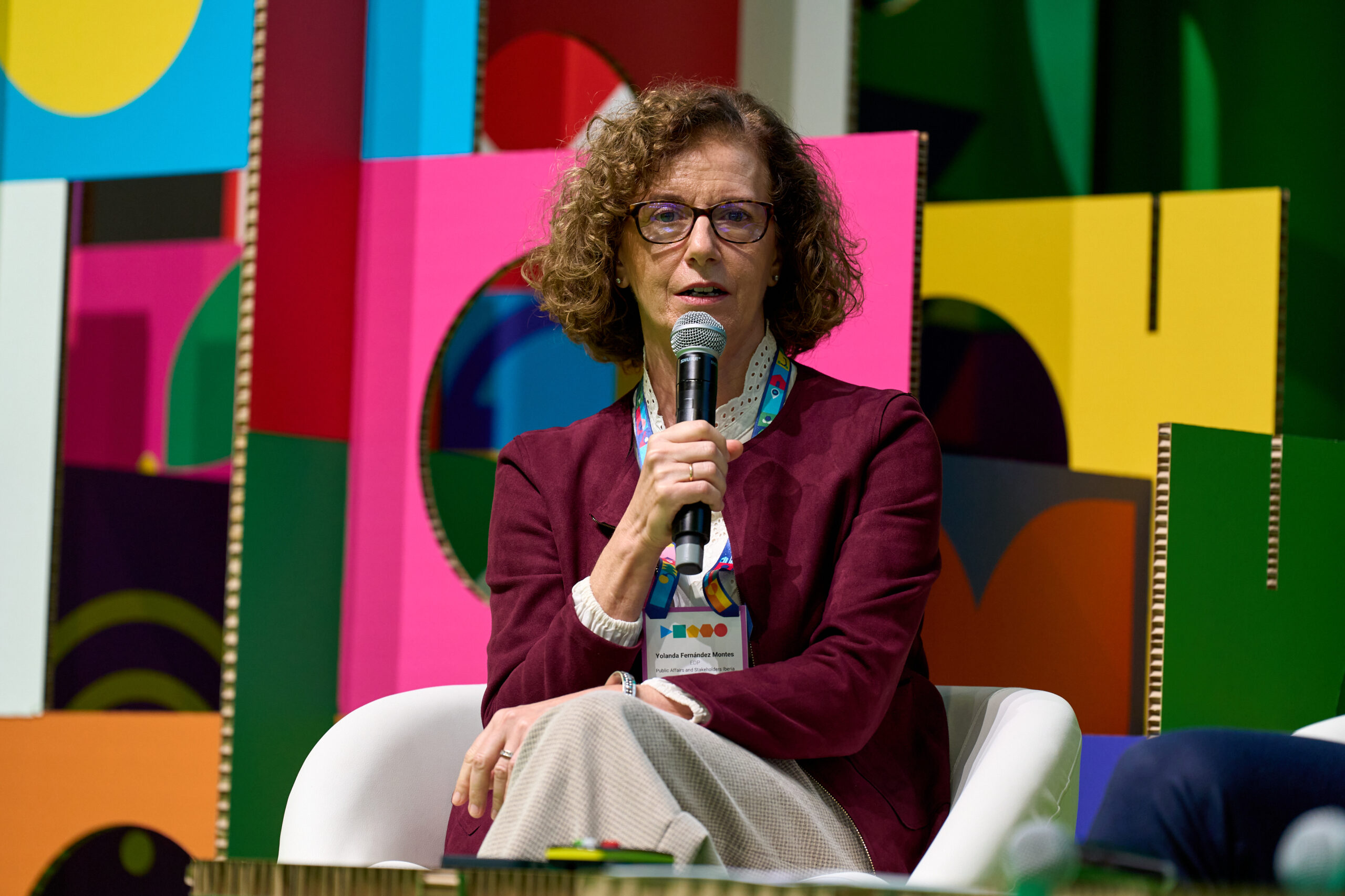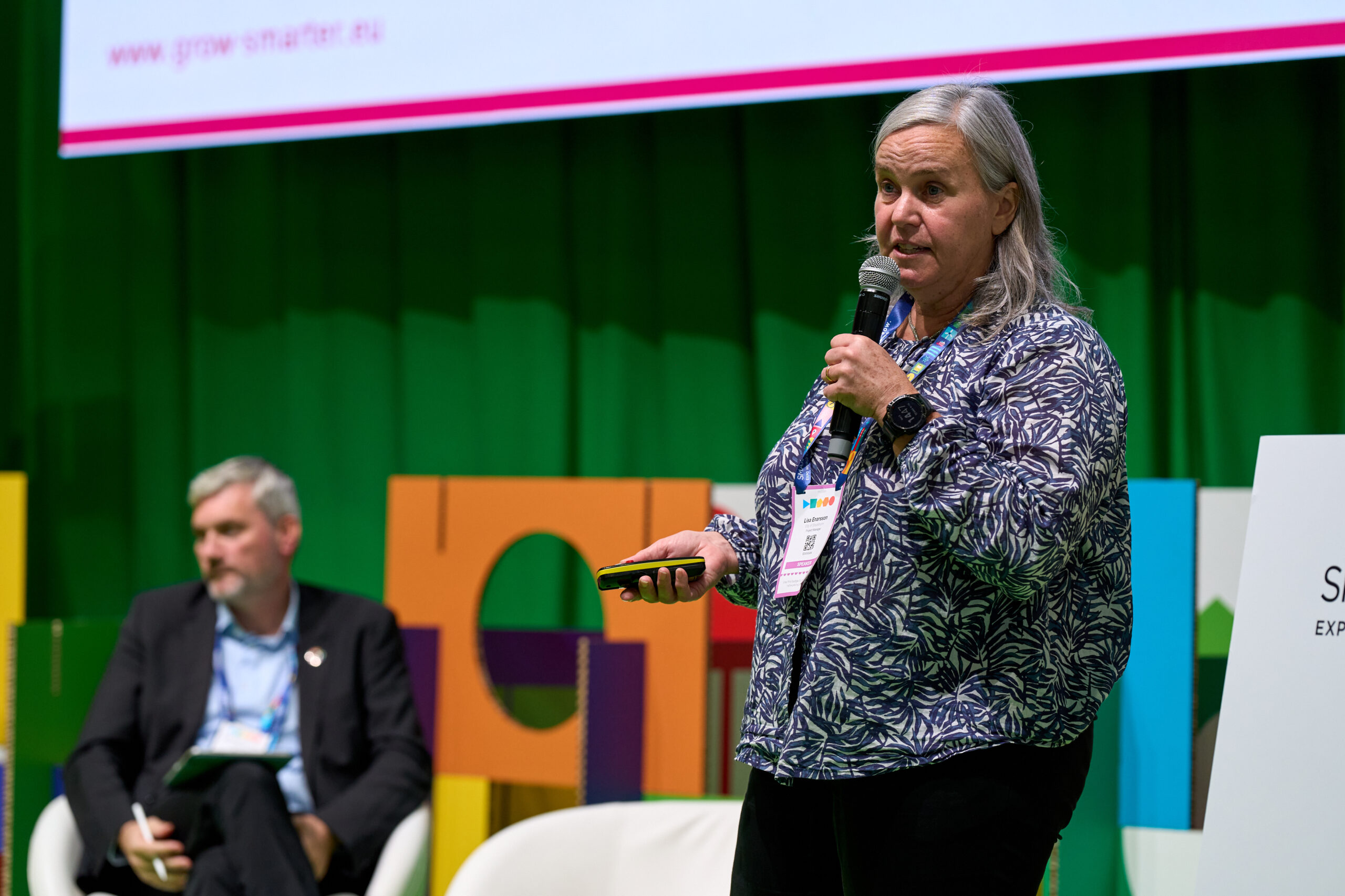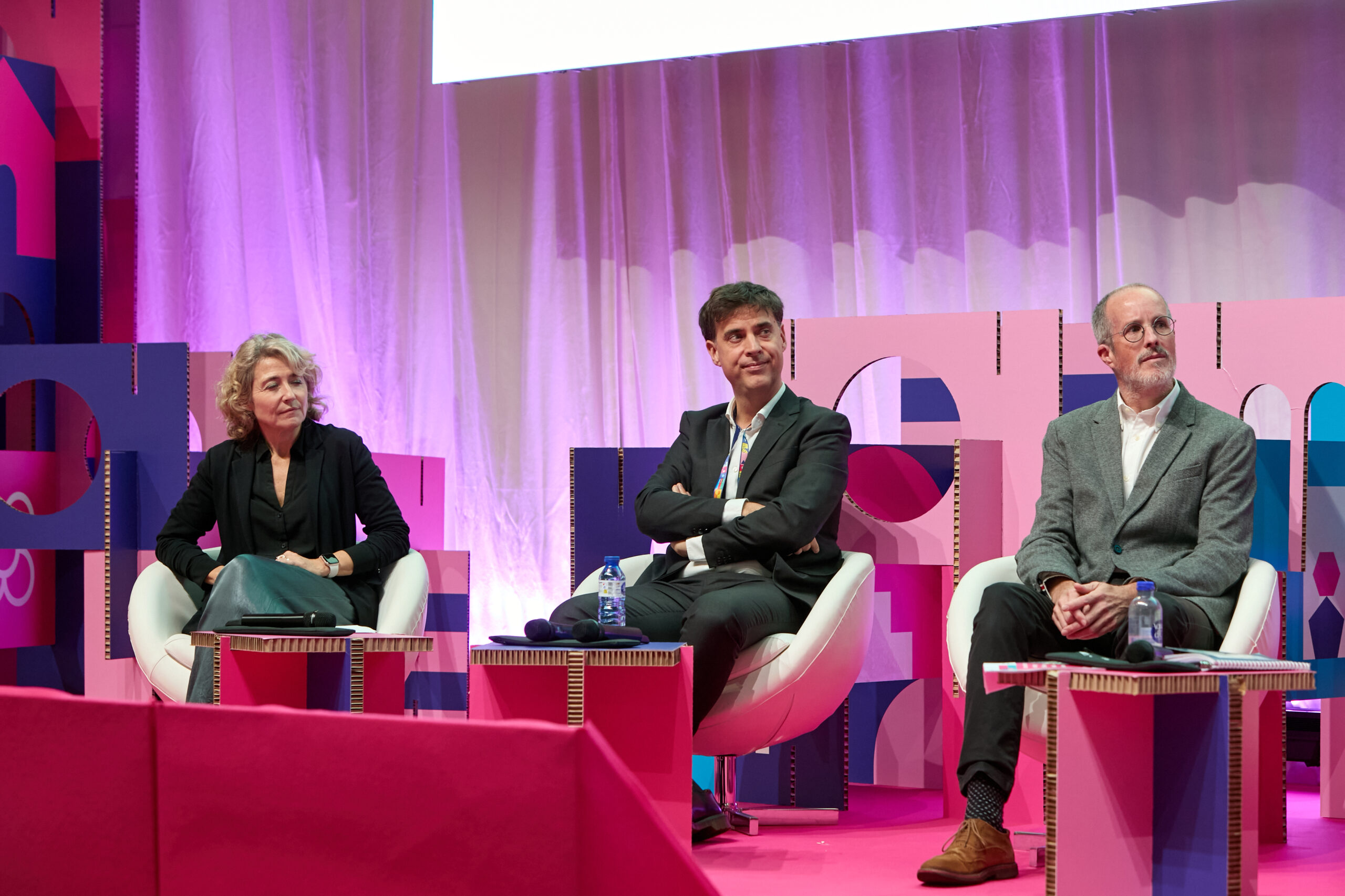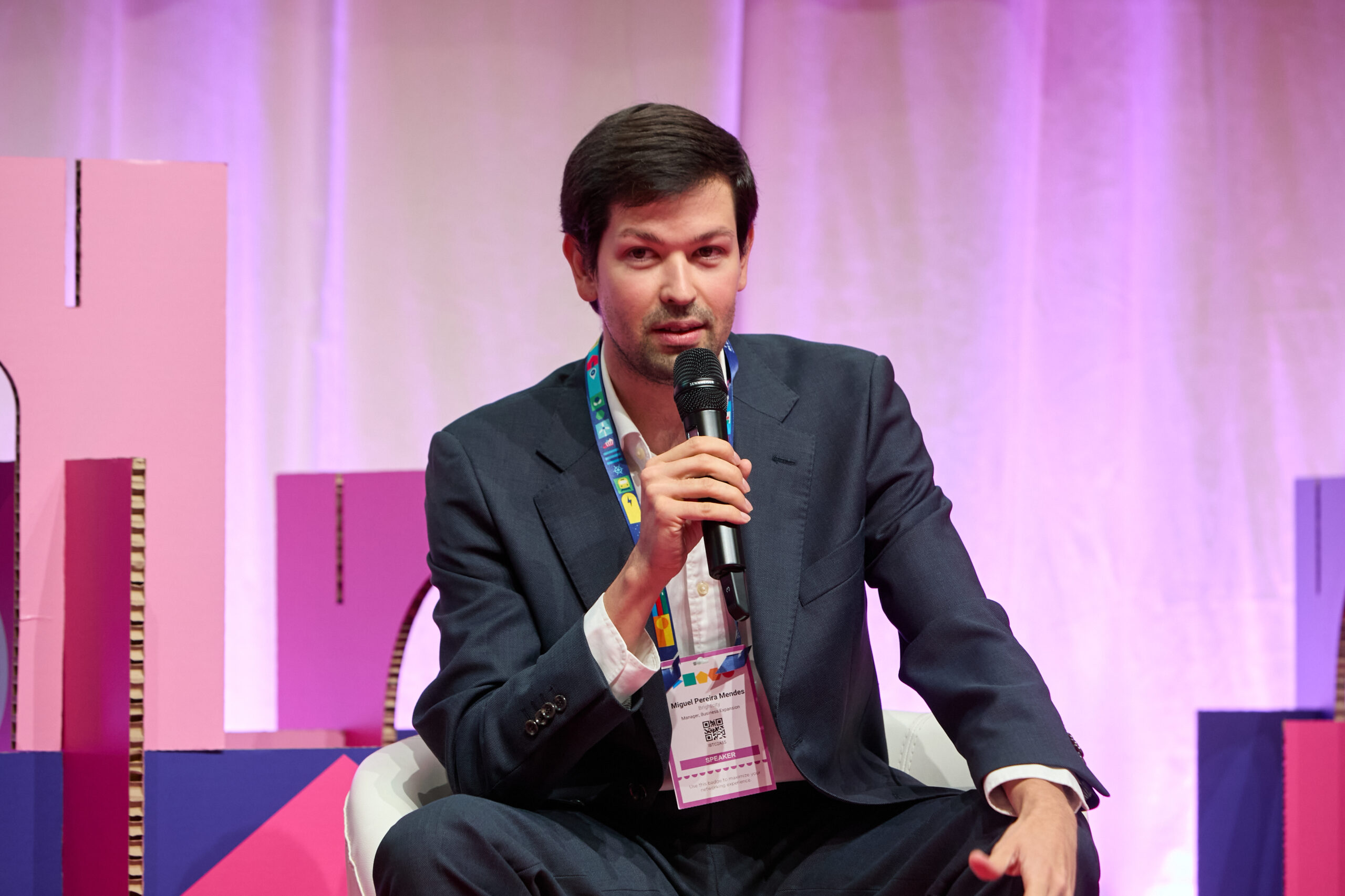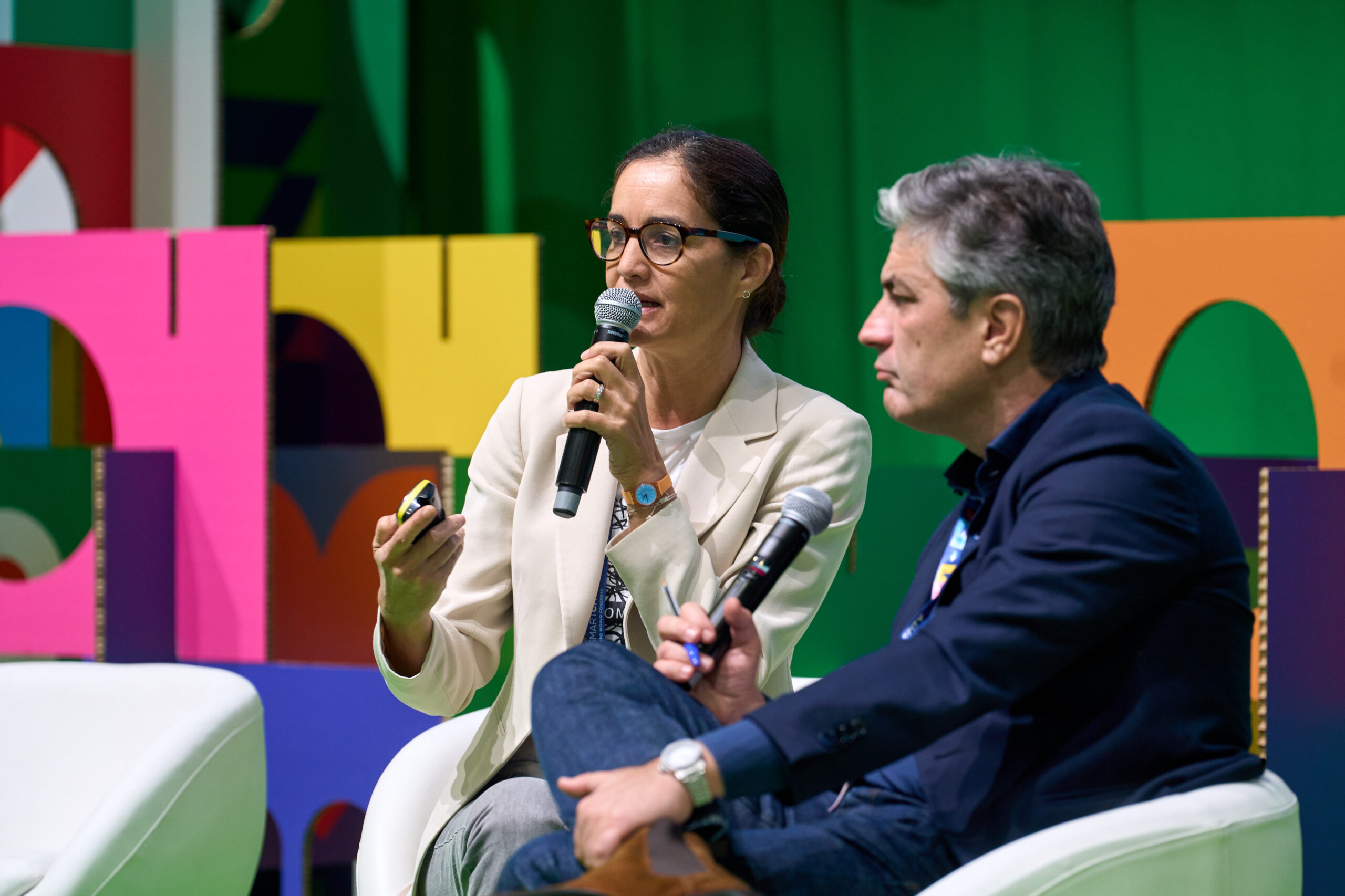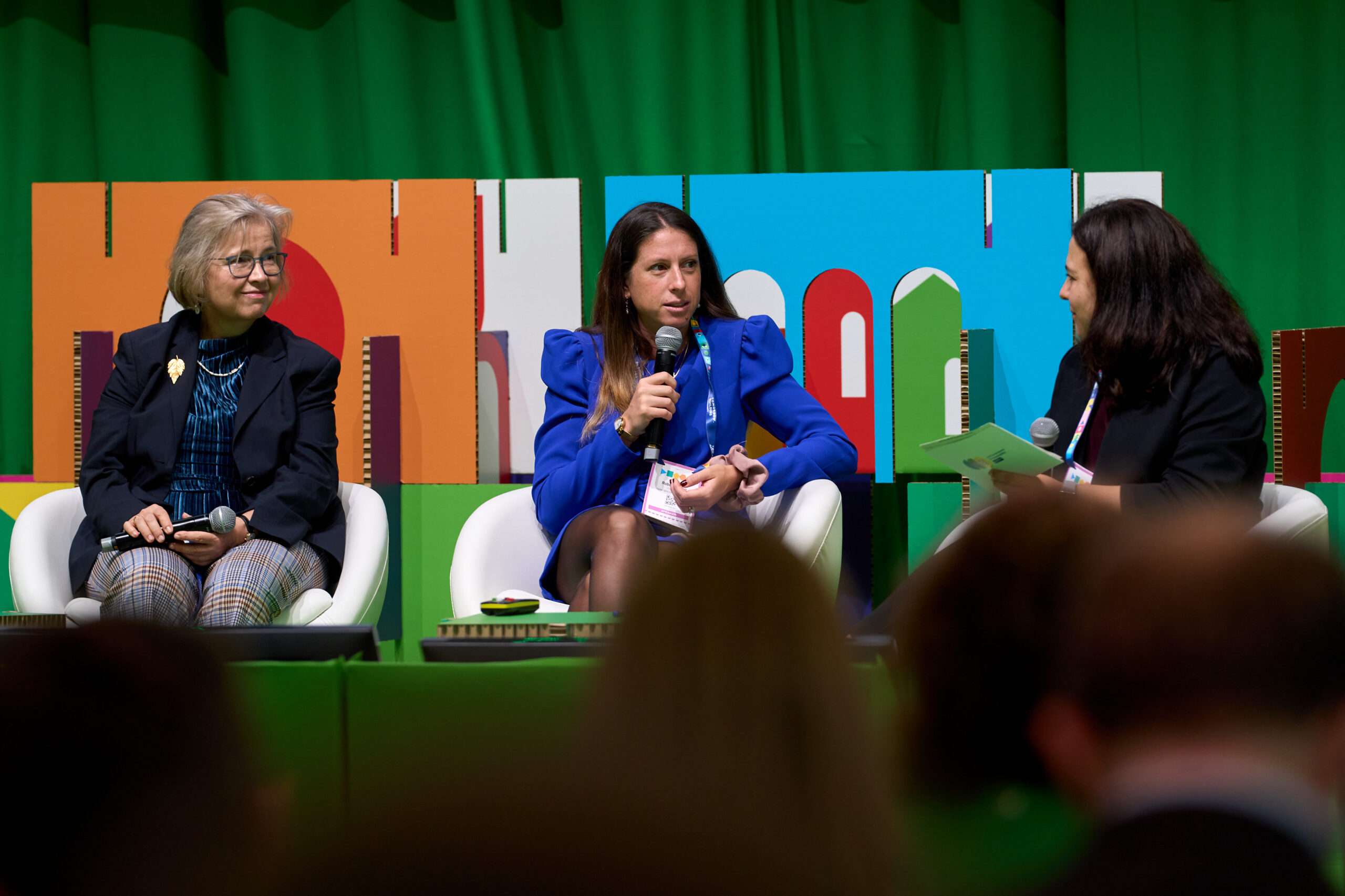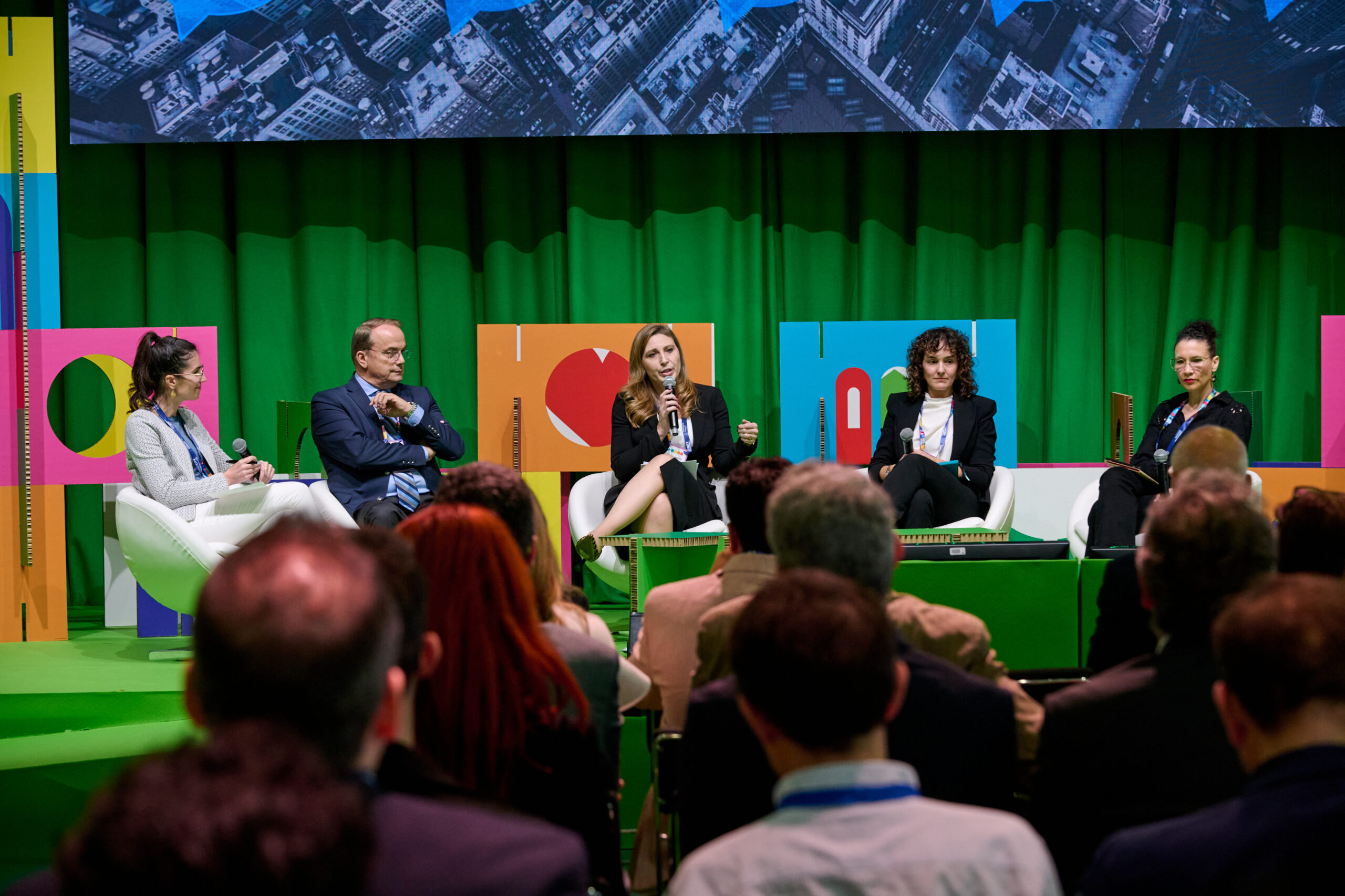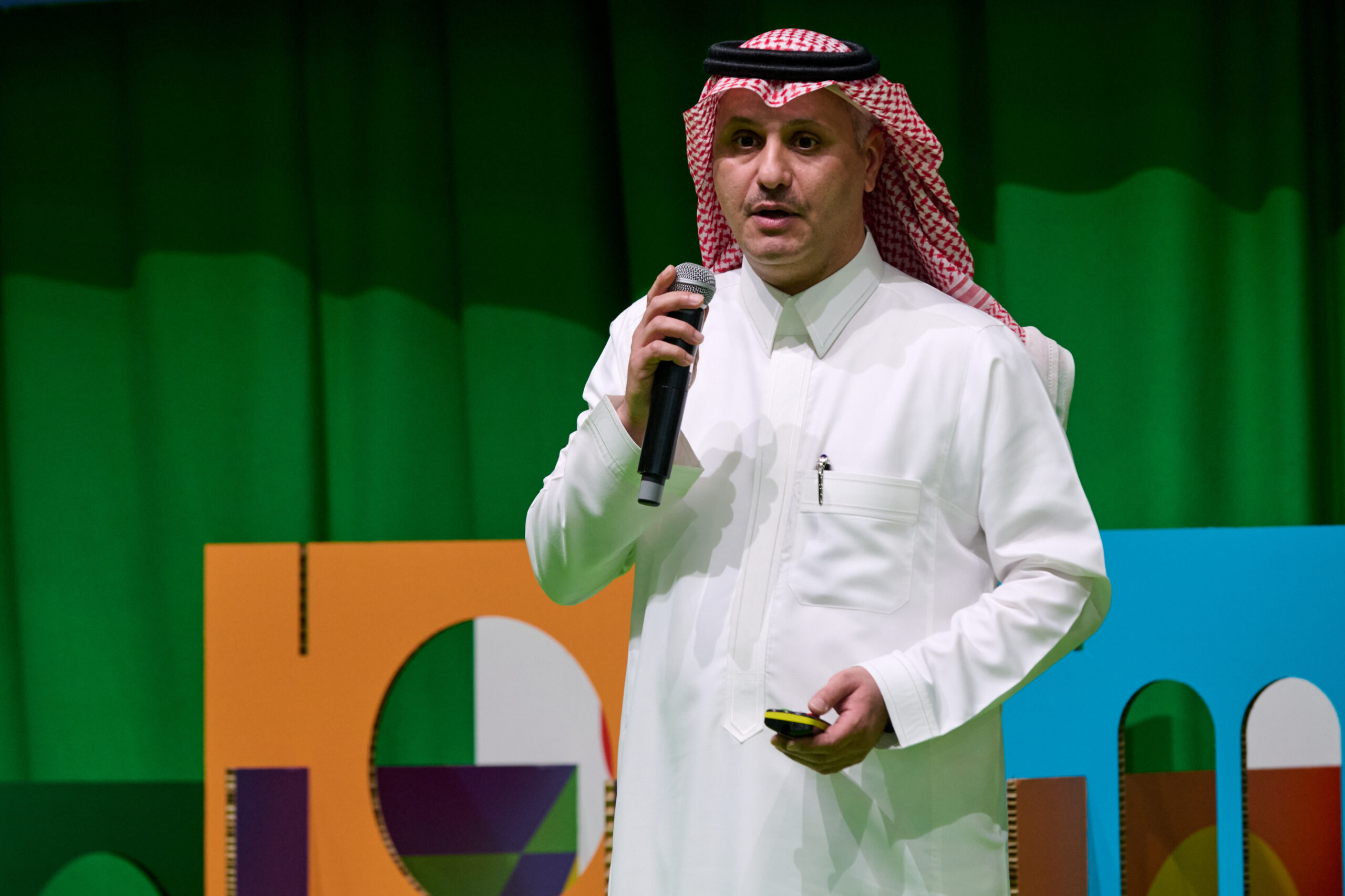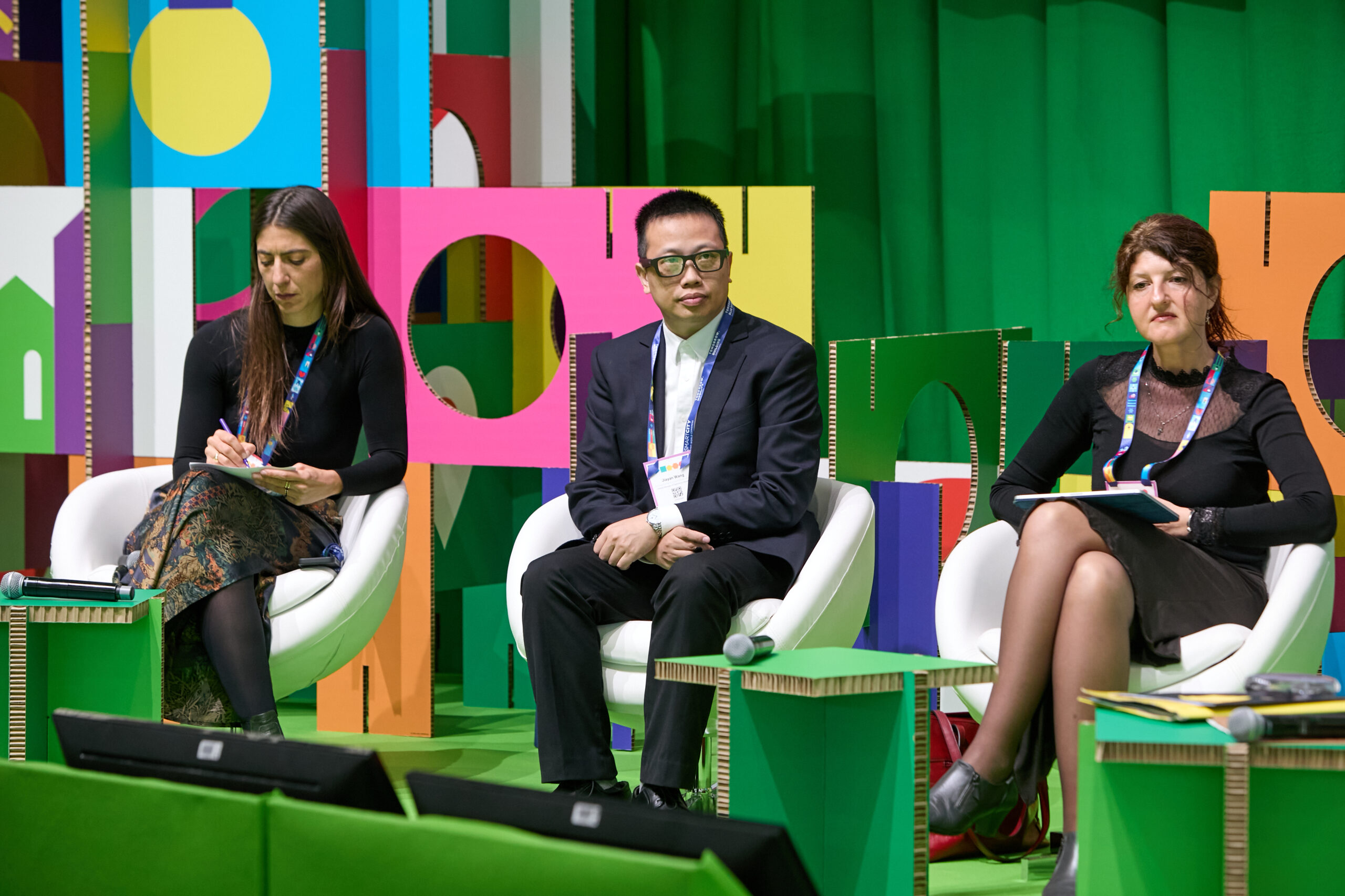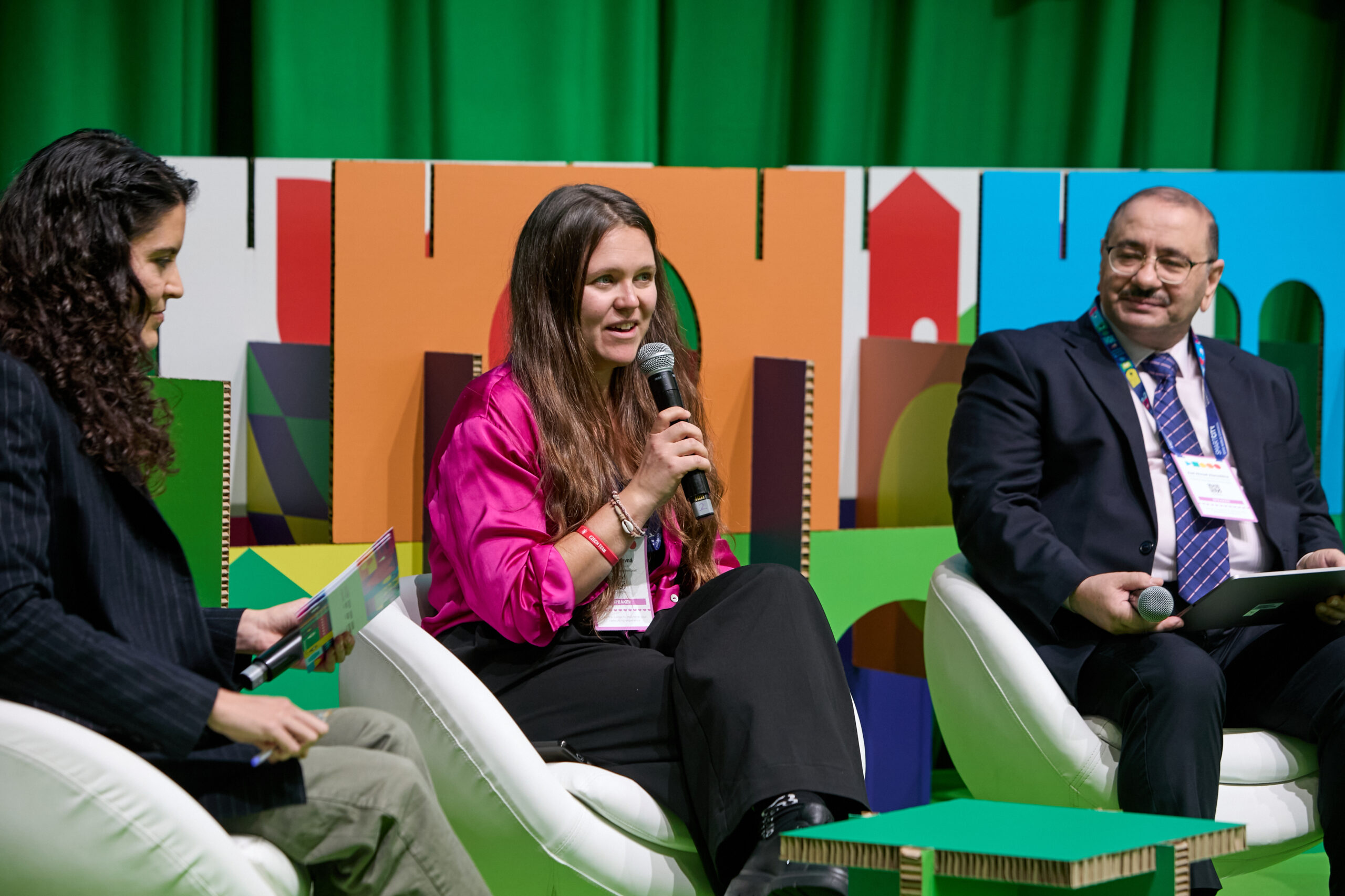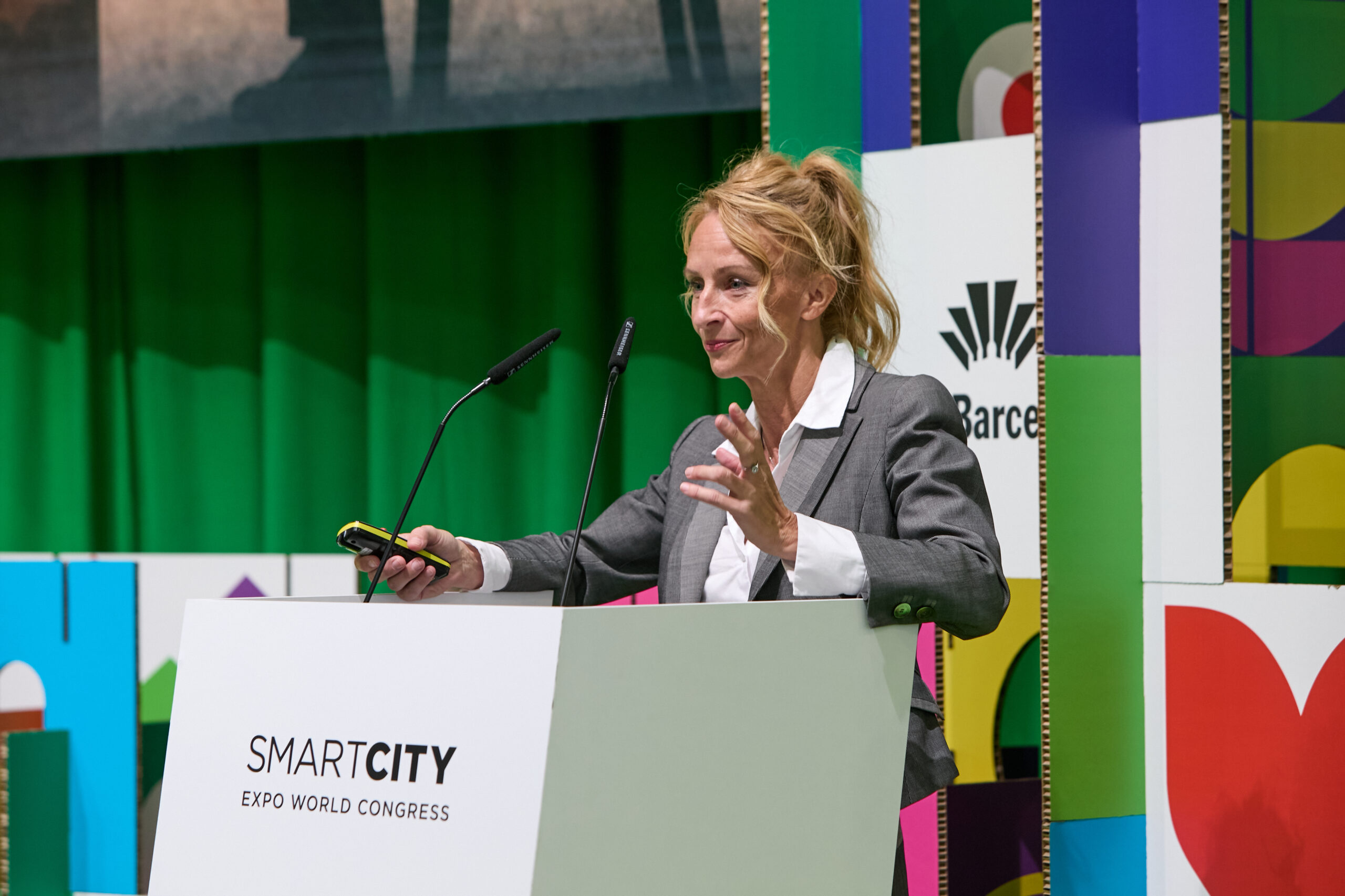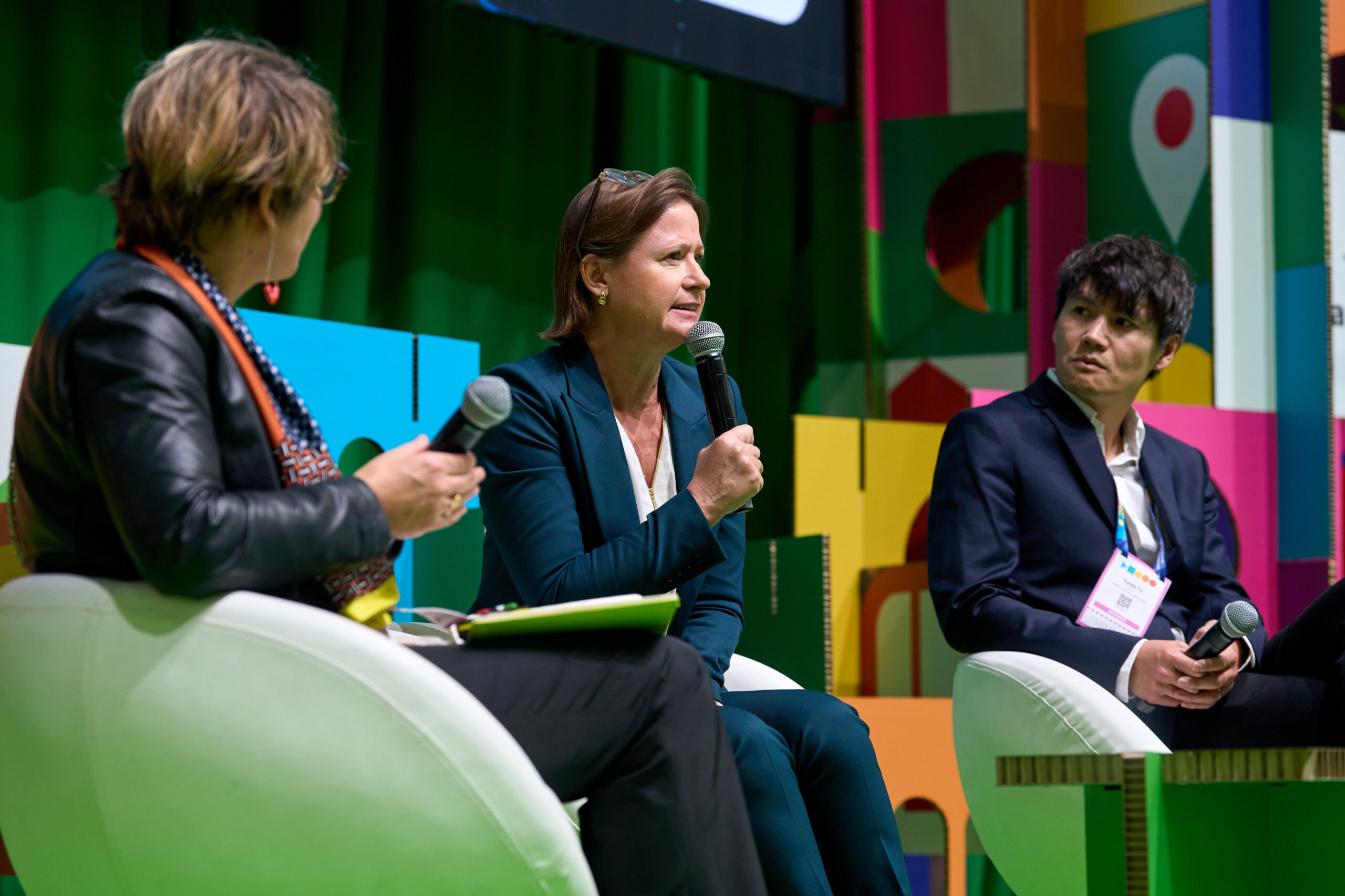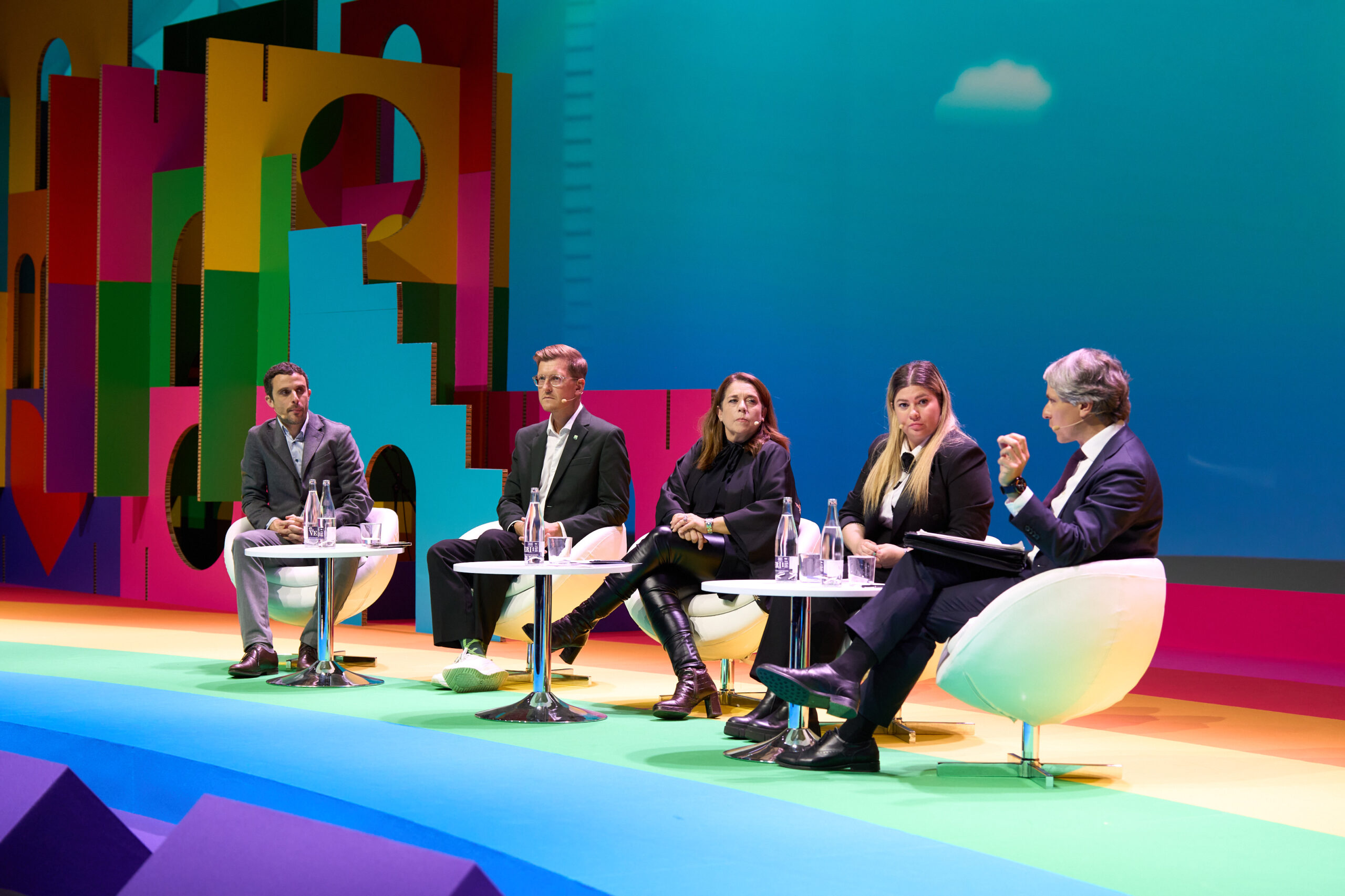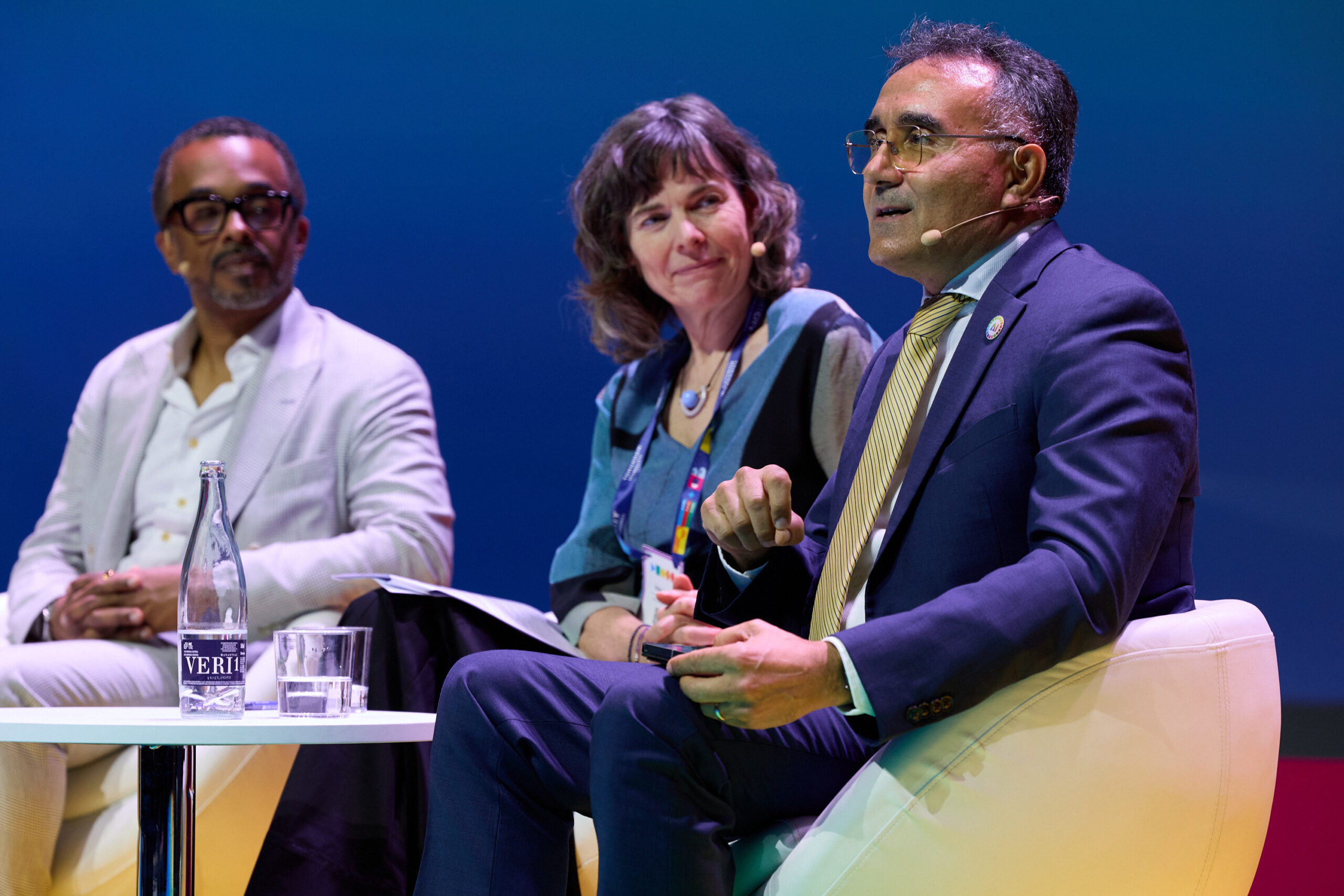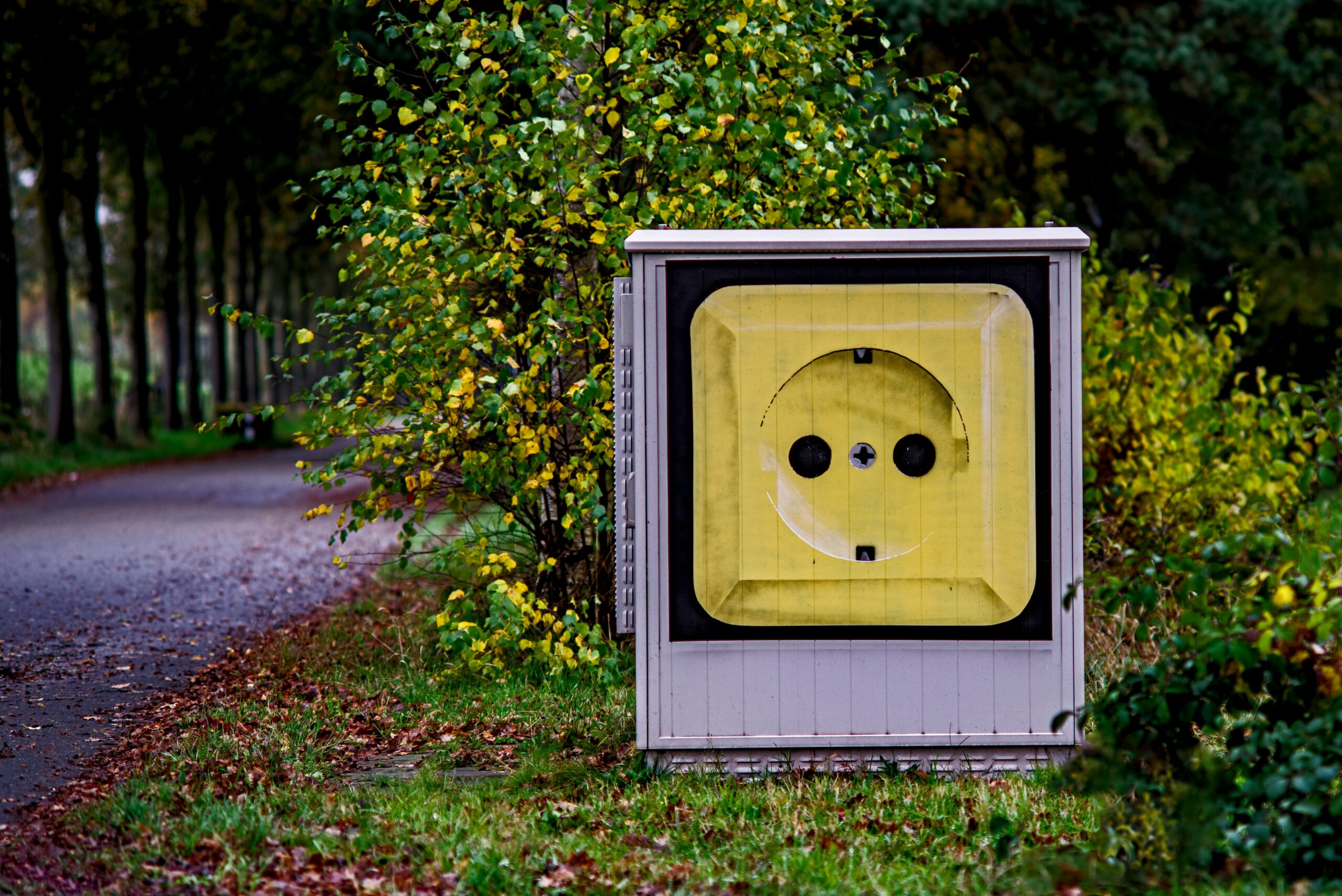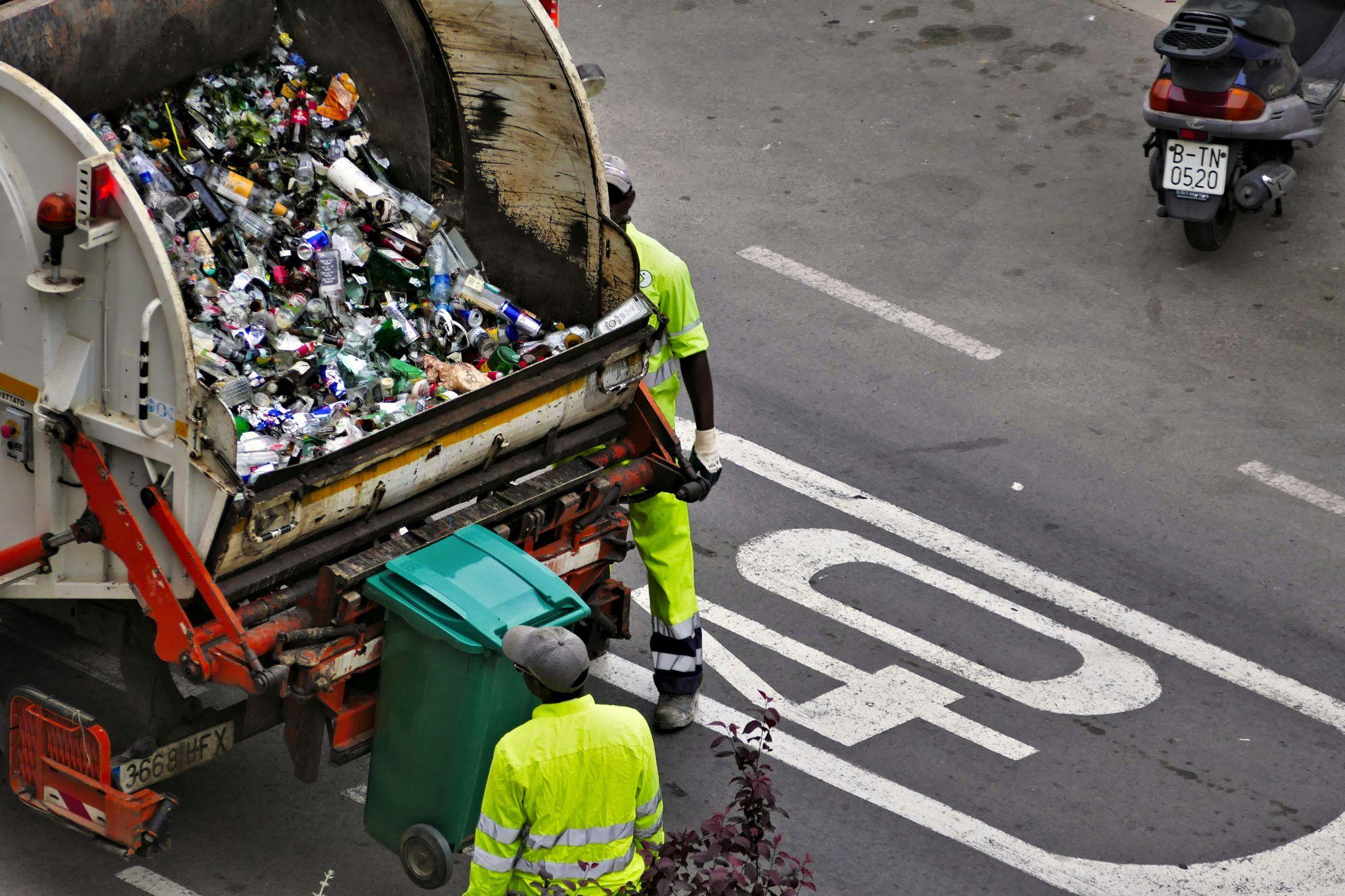Author | Raquel C. Pico
Every time a trial excavation is conducted in a city, some form of waste is uncovered. For centuries, even millennia, we have been generating waste, much of which has ended up forming the foundations of urban hills or even serving as paving in our cities. Waste has been one of the most persistent hygiene challenges throughout history, and it remains a major issue today, now also viewed through the lens of sustainability and environmental impact.
The issue of how we manage waste remains urgent, though new approaches, such as zero waste strategies, are increasingly being proposed as solutions.
A mountain of urban waste
Cities play a central role in waste generation, a role that is often overlooked or whose impacts are largely hidden. Some estimates suggest that the environmental impact of every kilogram of food waste sent to landfills is equivalent to burning one liter of petrol. Still, when people think about high-footprint items, they rarely consider the waste accumulating in their own garbage bins.
According to World Bank figures, 2.01 billion tons of urban waste are generated worldwide each year. If this waste were evenly distributed among the global population, it would amount to just under one kilogram per person per day, yet in reality, waste footprints vary widely. In the countries that generate the most urban waste this figure can reach 4.54 kg per person.
The problem lies not only in the sheer volume of urban waste, but also in how that waste is managed. Currently, 33% of that waste ends up in unsafe landfill sites and the World Bank warns this is a conservative estimate, with the actual figure likely to be even higher. In general, urban waste is disposed of in landfill sites, the majority of which are open. Only 19% of urban waste is recycled or composted.
If no action is taken, the situation is expected to worsen: by 2050, global waste generation could reach 3.4 billion tons.
What strategies are cities using to manage waste?
Cities therefore play a crucial role in addressing this challenge. It could be said that the solution must begin with strategies implemented at the municipal level.
Regulations in some regions have already demonstrated this by establishing frameworks that enable municipalities, and cities in particular, to take action in this area. In April 2025, the European Union enacted the Waste and Circular Economy Act, introduced by the European Commission.
The regulation introduces “pay-as-you-throw” systems, ensuring that both the amount and method of waste disposal and recycling are considered when calculating municipal taxes. This system rewards residents who sort their waste properly and generate less overall waste. Although some regions question how it will be implemented, the regulation does mark a significant shift. For now, it has prompted many European cities to adopt compost collection programs.
Beyond simply complying with municipal regulations, some cities are taking proactive steps to improve environmental efficiency and reduce their ecological footprint. Incineration has been a widely used method for waste management over the past few decades. It is often viewed as a quick solution, though this is not necessarily accurate, according to analysis by C40. In reality, it is costly, generates emissions, and tends to discourage recycling. The most effective approach is to focus on recycling, proper waste separation, and, above all, waste reduction. Some cities, like Tallinn, are shifting away from landfills in favor of circular economy models, using waste as a starting point for generating clean energy.
After all, the best kind of waste is the waste that never exists. This is where cities striving to achieve the zero-waste goal come into play. There are already cities and towns certified as Zero Waste by the Zero Waste Alliance. More than 400 European cities are now part of the movement, supported by over a decade of dedicated work.
What does it mean to be zero waste
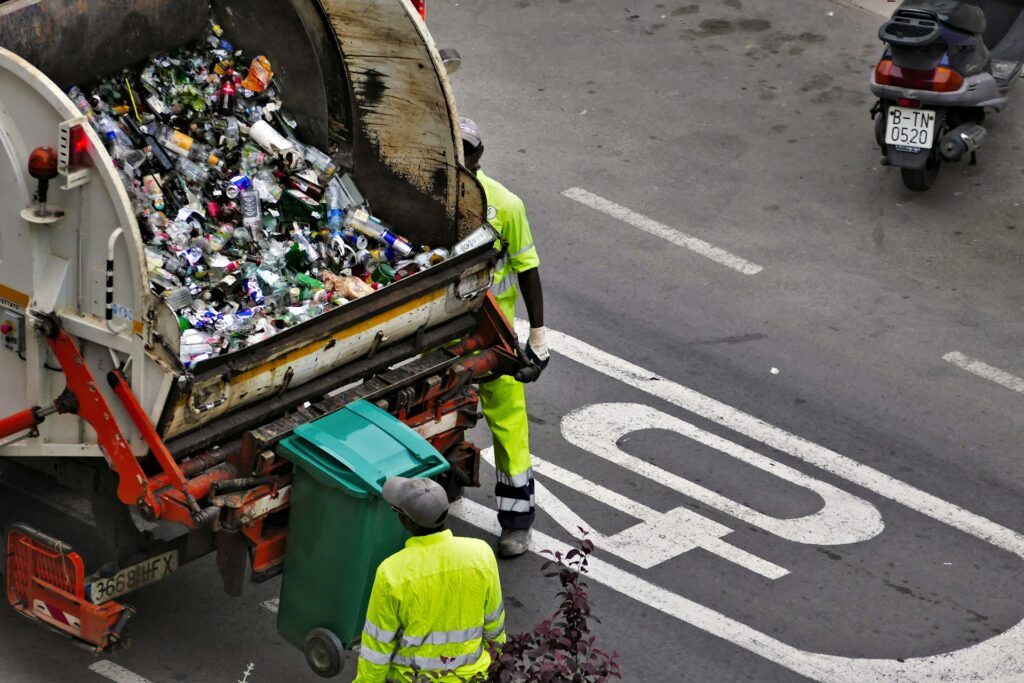
The name itself reveals the goal: zero-waste strategies aim to prevent waste from being generated in the first place, minimizing it as much as possible. Instead of following a consume-and-dispose cycle, sustainable alternatives are promoted. Efforts focus on building a circular economy, where an object’s end of life feeds back into the raw material cycle, through practices such as product repair to extend useful life, or composting. The key is to reduce overall waste generation.
To support the journey toward zero waste, the Zero Waste Association recommends three key guidelines that align with these principles: Reduce and reuse, design products for circularity, and promote separate waste collection.
Implementing a zero-waste strategy
Even so, there is often a gap between theory and practice. When it comes to real-world implementation, they particularly recommend engaging with the community and maintaining consistent, ongoing efforts.
The Zero Waste Alliance outlines four key steps that participating cities and towns follow: it begins with a formal commitment, continues with implementation, is confirmed through certification as a Zero Waste City or Town, and concludes with ongoing monitoring and continuous improvement. In fact, participating towns commit to annual improvements and undergo an external audit every three years.
There are numerous benefits. Cities and their waste collection strategies gain public trust and credibility, ensure regulatory compliance, and improve the cost-effectiveness of urban waste management. They also strengthen environmental and public health protections while advancing their climate goals.
Success stories
Achieving results is possible. In 2003, Sardinia (Italy) ranked last in the EU for waste separation, with only 3.8% of waste being sorted. A decade and a half later, the region had made significant progress and achieved positive outcomes. This progress was driven by the introduction of public policies, the optimization of waste collection, such as door-to-door initiatives and the implementation of tax incentives for local councils.
Kiel (Germany) has implemented over 100 measures to reduce its population’s waste footprint. These include subsidies for purchasing reusable diapers, bans on single-use items by public institutions, and even the reuse of hair from salons as a material to filter oil from water. The city aims to reduce per capita waste by 15% by 2035, while also promoting waste reduction in public spaces and at events.
Other success stories come from Japan, where residents of Kamikatsu separate their waste into 45 categories, and the town of Osaki has achieved an 80% recycling rate, an impressive figure compared to many municipalities with advanced recycling programs.
Hernani (Spain) became a pioneer over a decade ago by rejecting waste incineration and promoting recycling, driven by a strong community-based commitment. The town uses selective door-to-door collection and provides residents with reusable items such as diapers, shopping bags, and containers for groceries.
Fotos | Jack Blueberry, zibik






